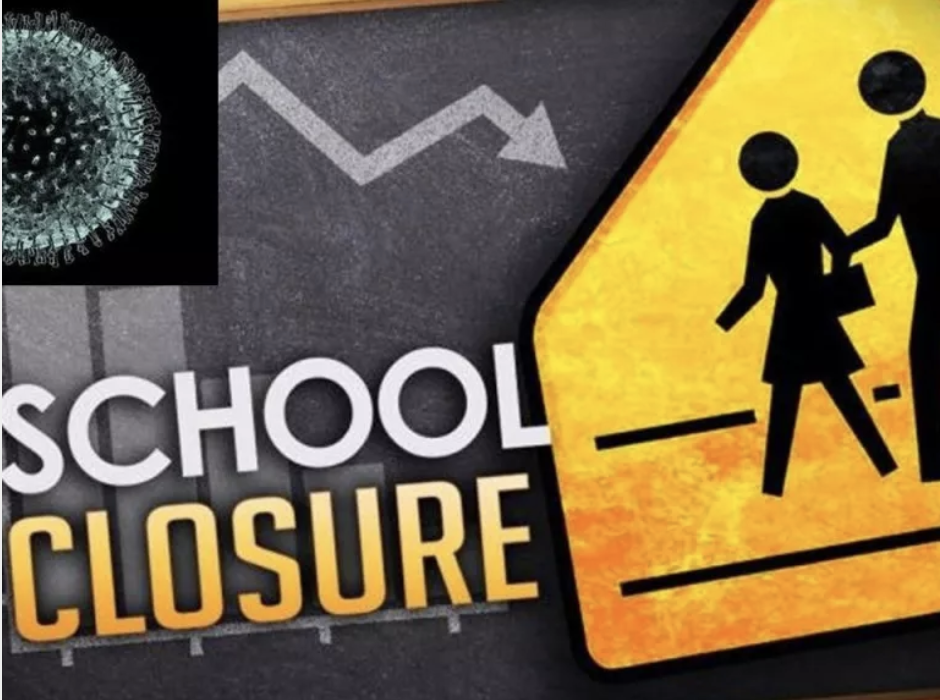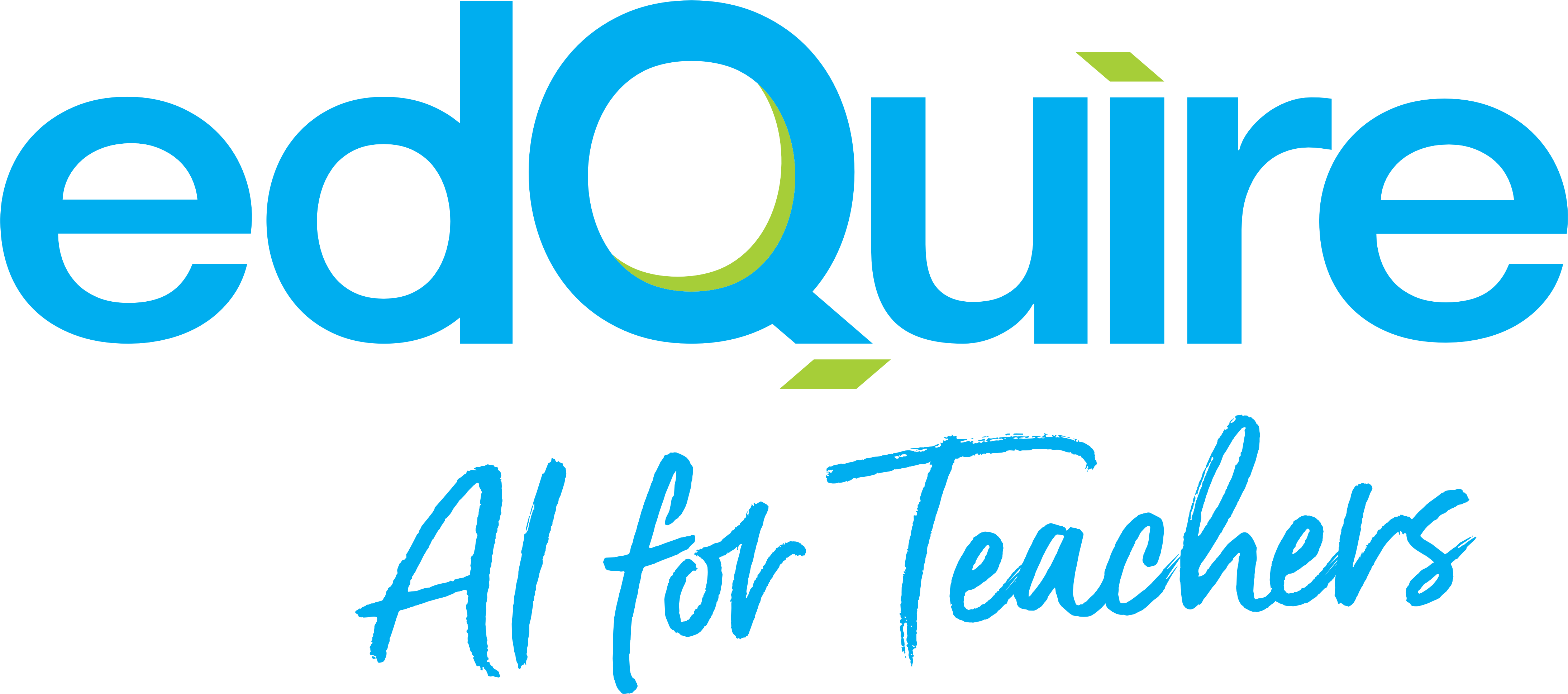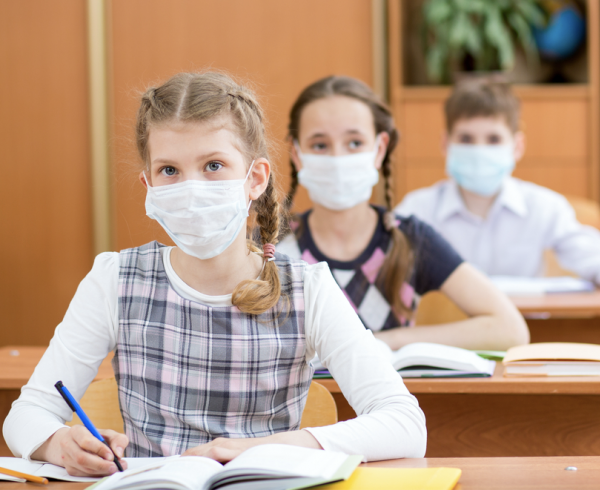
Coronavirus Covid-19 cases are increasing in the Italian regions of Lombardy and Veneto, where universities and schools have been closed in order to contain the epidemic, and public events like the Carnival Festival celebrations have been cancelled.
These measures are necessary, and although they seem to put a stop on normal life, they also offer Italy a chance to think of new approaches to working and studying from remote. New technologies and social networks can support both schools and universities with online learning, and smart working from remote.
A cultural change is necessary, and we should embrace the technologies that can help us face these difficult times when we are obliged to rethink the way we work and learn. Delaying studies, work and activities of millions of citizens could produce exponential costs that would have repercussions on the whole society.
The regions of Lombardy and Veneto alone represent Italy’s industrial heartland, and account for 30 per cent of gross domestic output. Any prolonged disruption is likely to have a serious impact on the whole economy. Some schools and universities are already experimenting distance learning, but we are far from replacing the normal ‘face to face’ teaching.
Education is just one of many examples where everyday life is affected because of the outbreak. Can virus crisis force us to move with the times should schools closure be extended? Should we start thinking about launching national remote learning platforms to provide students with learning resources online, to help students keep learning even when classes are suspended? And what about students’ distractibility: can we trust our students to work from remote?
Many teachers complain that they don’t really know what their students are doing behind their laptops even in class, how can we be sure we can trust them to stay on-task and not get too distracted should we be forced to assign tasks to do at home from remote for long periods of time? Coronavirus could spark an online learning boom, or make us ready to cope with the next time there is a global emergency.
The technology is already available, we need to make sure our students keep using safe sites and get the most out of the tools they have in front of them. We need to measure, analyse, and improve the use of digital technology in learning. One solution would be to use Learning Analytics, in order to detect what students really do when we trust them to be on-task, and give teachers continuous feedback into their students’ computer learning.


Recent Comments